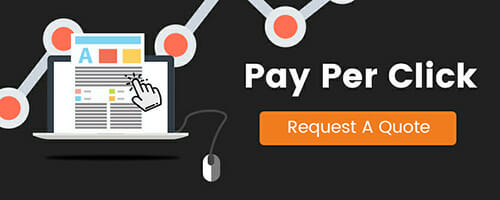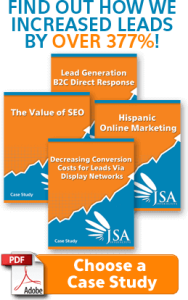A contextual ad is a type of targeted online ad that can be placed and displayed on websites, mobile browsers, and other related types of media. Automated systems choose which ads to serve to viewers based on the actual content of the page they are to be displayed on, which allows the advertiser to reach an audience that’s already much more likely to be interested in the product or service in question.
For example, you might find an ad for a sale on camping gear displayed on a page alongside an article about basic camping supplies. If someone searched for information about basic camping supplies, serving an ad about a sale on that very thing is the very definition of reaching a targeted audience. And “targeted” often translates directly into “sales.”
Contextual advertising is still not an exact science, of course – like with any campaign where you pay by the click or the impression, there’s going to be some trial and error involved. Since ads are served and displayed based on their relation to the content, you have to make sure your keywords are as targeted as possible, in order to avoid having that ad show up in inappropriate places. If you sell men’s clothing, you wouldn’t want those ads showing up on a blog all about fashion for teen girls – they’re similar topics with similar keywords, but entirely different audiences.
Basic Contextual Advertising Tips
What follows are some tips about contextual advertising that will help you form a solid foundation for your campaigns, and make sure your ads are always in context:
– Check out what the competition is doing. This is always a handy tip for any type of marketing campaign, but it applies here, too. Seeing what your competition is doing will allow you to create something that stands out, and can also help you identify holes in the market that you can slip into (like keywords the competition isn’t using, but are still targeted enough to be useful to you).
– Check out what your audience is doing. Many content networks now allow you to run your ads in very specific ways. For example, you can target a specific country or city, or even a specific time of day. Armed with some data on your target audience’s internet usage, you can make sure your ads aren’t running when your demographic is asleep or at work or otherwise not likely to be at the computer.
– Get creative with your ad design. Simple text-based ads can work, but you can also branch out into using graphics, animation, or even video, if it will better get your point across and bring in the clicks. Testing and tracking will show you if your creativity is paying off or costing you money, so be sure to split test and pay attention to the results.
– Cut out “negative URLs.” With regular PPC campaigns, you likely have a list of negative keywords – keywords that you DON’T want to have trigger your ad because they’re not useful – but with contextual advertising, you may want to do things differently and use a “negative URL” list instead. Once your ads have been running long enough to have some good data about their performance, analyze which websites are bringing you profitable clicks and which bring the useless clicks. When you find that you’re consistently paying for bad clicks from a certain site, exclude that site from your ad campaign, so your budget can be put toward those sites that are paying off.
Contextual advertising can be a great boost for your marketing campaigns, allowing you to aggressively drill down and target a very specific audience. Keeping the above tips in mind as you build your campaigns will ensure you have a solid foundation on which to build a strong strategy.
[single_callout/]















